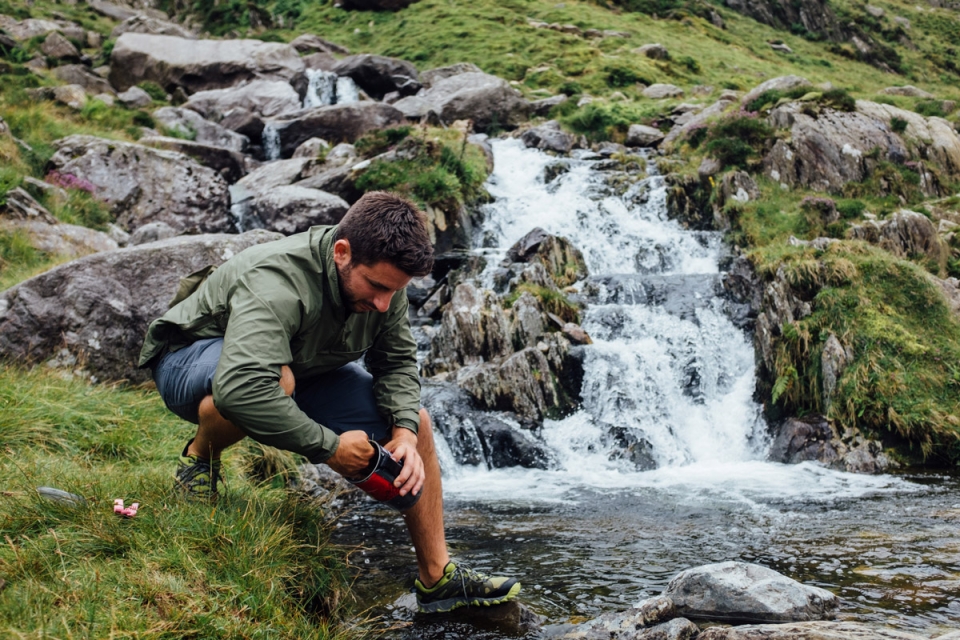It wasn’t until the beginning of the 19th Century that the Welsh began to gentrify their largely impassable pack horse trail network through Snowdonia, to improve access for all. This was largely encouraged by rising demands from the slate and copper mining industries, and the need to link London with Ireland (via Holyhead). Fantastic roads, like the current A5 which tracks the valleys through the Ogwen Valley toBangor and Holyhead, the Llanberris Pass, and later the railway network were the result…
These improved communications not only boosted industry, but increased the numbers of outdoor enthusiasts: naturalists, hikers, and climbers (from c. 1850). Consequently, a parallel demand for accommodation arose: Llanberris, Beddgelert, Snowdon Ranger on Lake Cwellyn, Pen-y-Pass, andIdwal/Ogwen Cottages, amongst several others, established themselves as outdoor hotspots. Although route options are limited by the mountainous terrain, these roads and centres are ideal for serving cycle tourists that want to explore Snowdonia and access the 15 Welsh Munros today. Travelling by bike, especially after climbing the high peaks, also helps appreciate these impressive lines of communication even more.
As usual, we gave ourselves just over 3 days – an opportunistic long weekend – to explore by bike and climb a couple of the Munro peaks on foot, making sure not to forget the coastal areas of Snowdonia. A day’s circular ride south could take us to Harlech for some stunning riding and views back to the mountains. Plus we knew of the fantastic Llew Glas cafe & delicatessen in the town to reward that morning’s climbing efforts…
For this Snowdonia cycle tour, the five of us jumped on trains from London with our touring bikes to Bangor on the northern coast – our gateway to the National Park and the Welsh Furth Munro region. From there, we would do a circular tour for three days, travelling around by bike – equipped with our usual cycle touring gear: Forestia outdoor food, cookware andshelter (two tents and two bivvy bags). The only difference would be the additional essential kit: a comfortable backpack for carrying gear on the mountains, trail shoes for keeping us nimble and protected off the bike, and a smaller scale map 1:25000 to help navigate down to footpath detail. This cycle tour was about being in the mountains; making our journey up as we felt fit. The perfect tour in our eyes, and the beauty of cycle touring unsupported…
